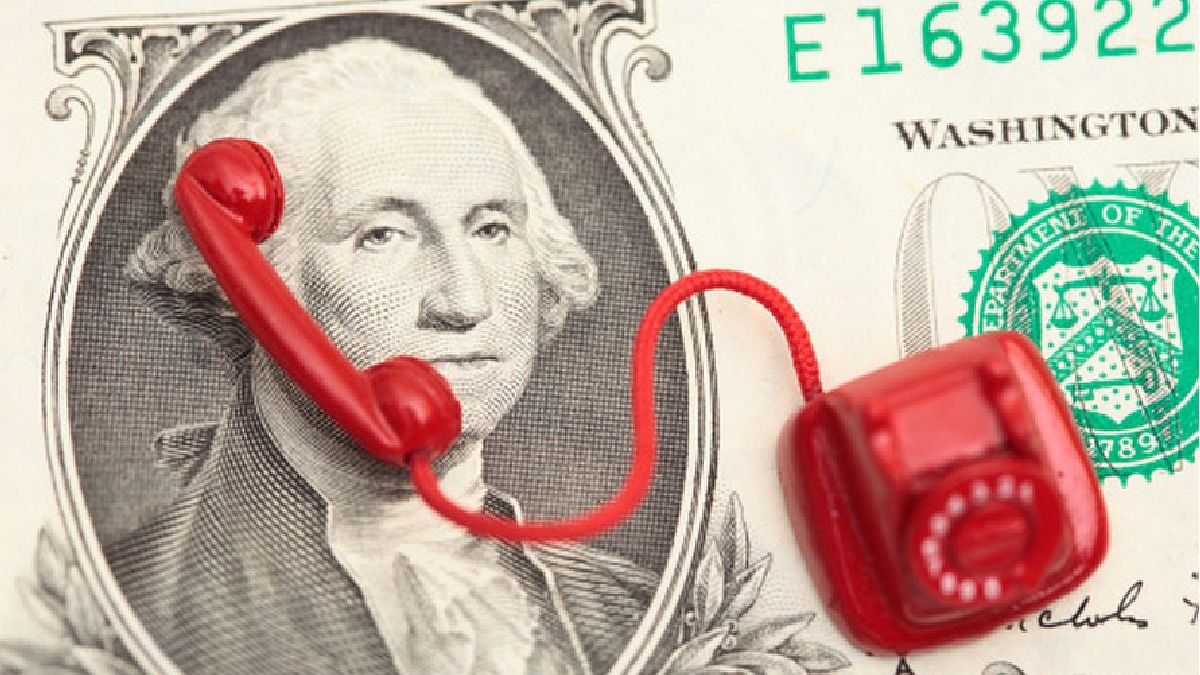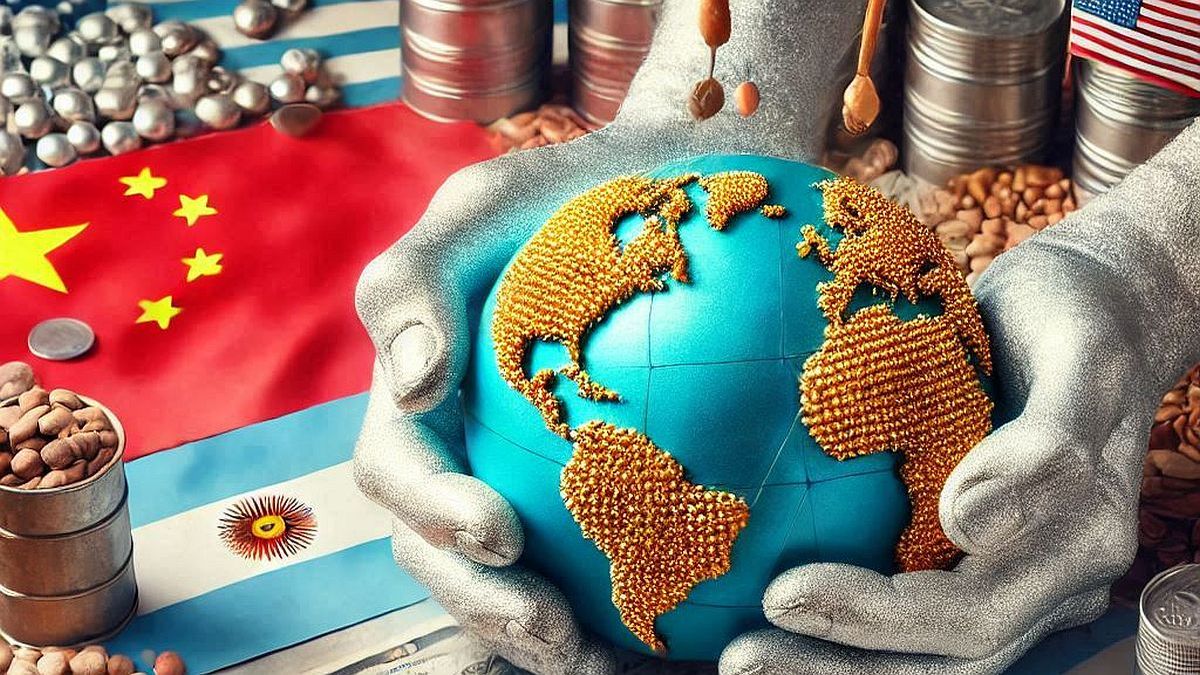Better the markets, worse the real economy. The two sides of the same coin. The financial markets are rising, discounting a change of government in Argentina. The real economy in recession.
Journalist: Did the electoral trade begin?
-It would give the impression that it took great vertiginity, the inflow of capital into the market gave it volatility, the merval surpassed the barrier of US$740 and picked up speed. In 2018, the merval was worth US$1,800, during the pandemic it reached US$250, and yesterday it closed at US$848, a roller coaster, but it is showing that someone is betting on a political change in the country.
Q.: What papers do I sign up for?
-YPF, Grupo Financiero Galicia and Pampa Energía are the most required papers, oil, gas, electricity and finance. There goes a diversified portfolio of sectors.
Q.: What about bonuses?
-I always liked the AE38, since it pays more rent than the rest. It has a resistance at US$36 if it is overcome, this indicates that the bonds will follow the rise in the shares. The AE38 is worth $33 and the AL30 is worth $26. The AL30 has more to raise than the AE38, but the latter pays more rent. I would tell you that the arbitrations must be left for after July 9 to pay rent.
Q.: The dollar is calm…
-He is always calm, until one day he stops being. The reserves closed at US$31,612 million, and with the payment to the IMF they will be located at less than US$30,000 million. We are at a critical moment, we believe that the IMF will give the country the funds to reach December 10 without problems, but we are still going to see a lot of volatility. Nothing will be easy in the current scenario.
Q.: How do you see the industry?
-The industry continues with a sideways behavior, but projects a strong decline. The automotive sector is the one that is growing the most, but the lack of dollars could lead it to have a setback. For now it comes with a good level of sales abroad, and production is very high, sales to the domestic market are still low, but not insignificant given the context. The sector has the highest level of production and export since May 2013. The food sector has problems in the oilseed sector due to the smaller amount of soybeans on the market. Refrigerators working more due to increased work, but with a reduced margin. Non-metallic mineral products in decline, we are talking about cement in bulk and in the stock market, public works are being stopped due to adjustments in public spending, salaries that do not match inflation. The sectors that are slowing down are agricultural machinery, metal-mechanics, chemicals and plastics. In short, the industry is going to moderate its pace, and we believe it will show a decline in the coming months.
Q.: How is the field coming?
-The rise in prices yesterday is exciting, the drought in the United States could add pepper to prices. Strong rise in wheat, hope for rise in corn, moderate increase in soybeans.
Q.: Is the soybean dollar 4 coming?
-Not for the moment, exporters should buy close to 2 million tons to match the affidavits of foreign sales that they have already recorded. Until the export purchases are matched with the affidavits submitted, there is no soybean dollar 4, which could just be reissued for the months of September or October.
Q.: Is the corn dollar coming?
-For our part we do not see it, this would boost the prices of meat and milk, and would modify the price index upwards. More inflation is not business for the government.
Q.: How do you see the properties?
-If stocks and bonds rise, why wouldn’t real assets rise? It seems to me that the properties are at very low price levels. The costs have started to rise, and are located in MEP dollar values. Prices are at a floor, time to choose where to invest, many developers need liquidity, and very good deals can be closed.
Q.: Livestock?
-On the 21st day of June, 68,763 heads entered the Cañuelas market, of which 46,000 were females. We are still in the liquidation stage, prices are stagnant, month after month the fat loses value because it repeats the price and does not validate the inflation of the month. In the last 12 months, the price of live animals rose 46.0% on average, compared to inflation that as of June 2023 would be around 118.0% per year, livestock with these prices cannot be profitable. Nobody in the government takes care of this sector, after winter prices can spiral upwards, and the government will despair by closing exports. The same recipe as always to solve nothing, and worsen investment in the sector.
Conclusions:
- The government would be very close to an agreement with the IMF. The rise in financial assets is good news. This should spread the value of the properties. The real economy continues to deteriorate due to the lack of dollars to fuel production. The course with the best prices, but suffering from the bad 2022/23 campaign. Livestock with a liquidation of bellies that will leave very high prices for the calf by the year 2024.
- In summary, this good moment in the financial markets gives us a lot of peace of mind, the sovereign bond coupon will be paid without problems on July 9, the apocalyptic predictions of corralito are moving away. The real economy is very complicated, companies have little flow, and the months that remain before the change of government are eternal.
- Recommendation, companies must finance their investment curve. Investors should take advantage of diversifying their portfolio. Take advantage to buy real assets, properties at a low price. Negotiable obligations are a very good option. For those who wish to take financing, be careful with the mix they choose of rates and terms, it is necessary to better study the ways of financing. Cheer up.
Source: Ambito
David William is a talented author who has made a name for himself in the world of writing. He is a professional author who writes on a wide range of topics, from general interest to opinion news. David is currently working as a writer at 24 hours worlds where he brings his unique perspective and in-depth research to his articles, making them both informative and engaging.




